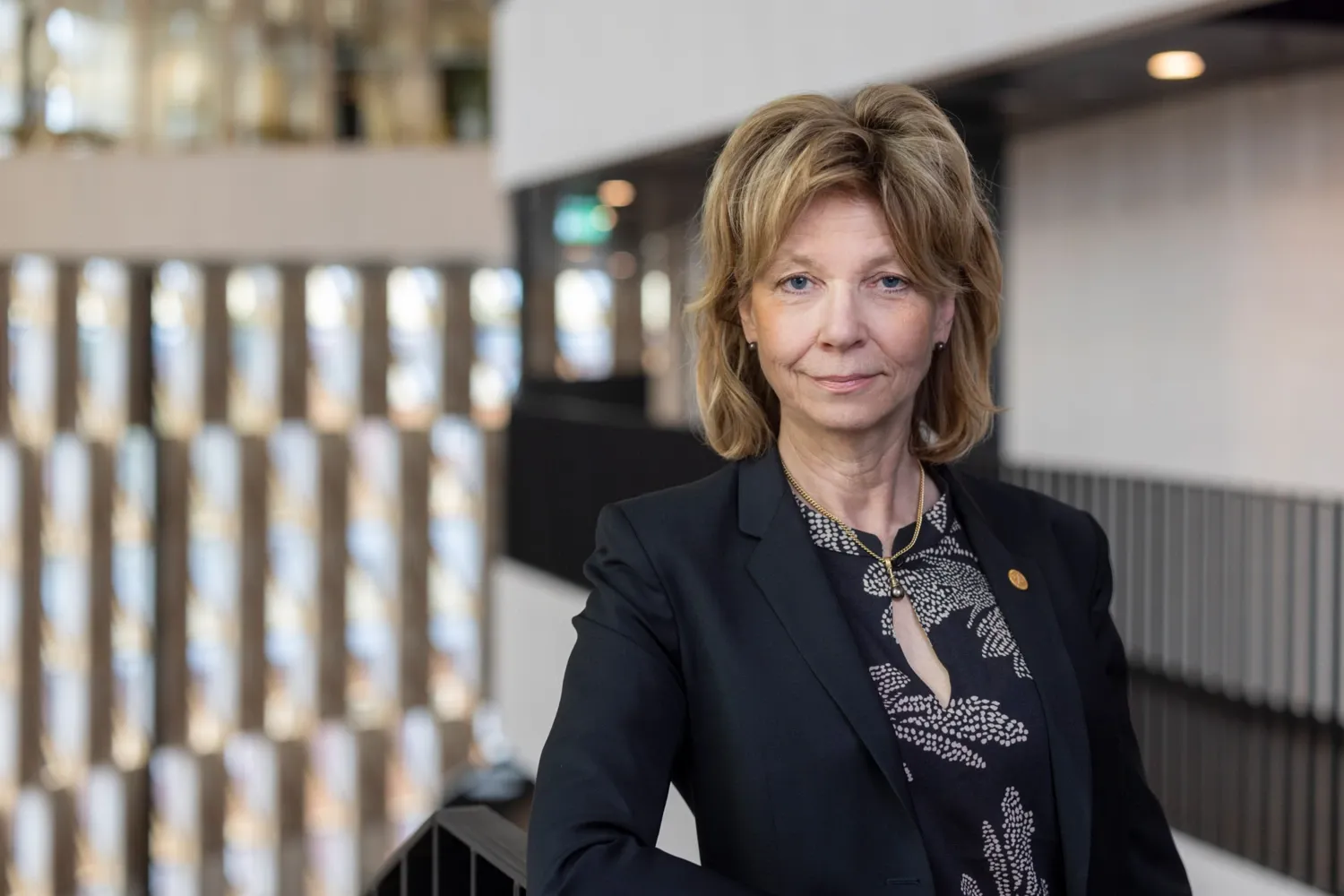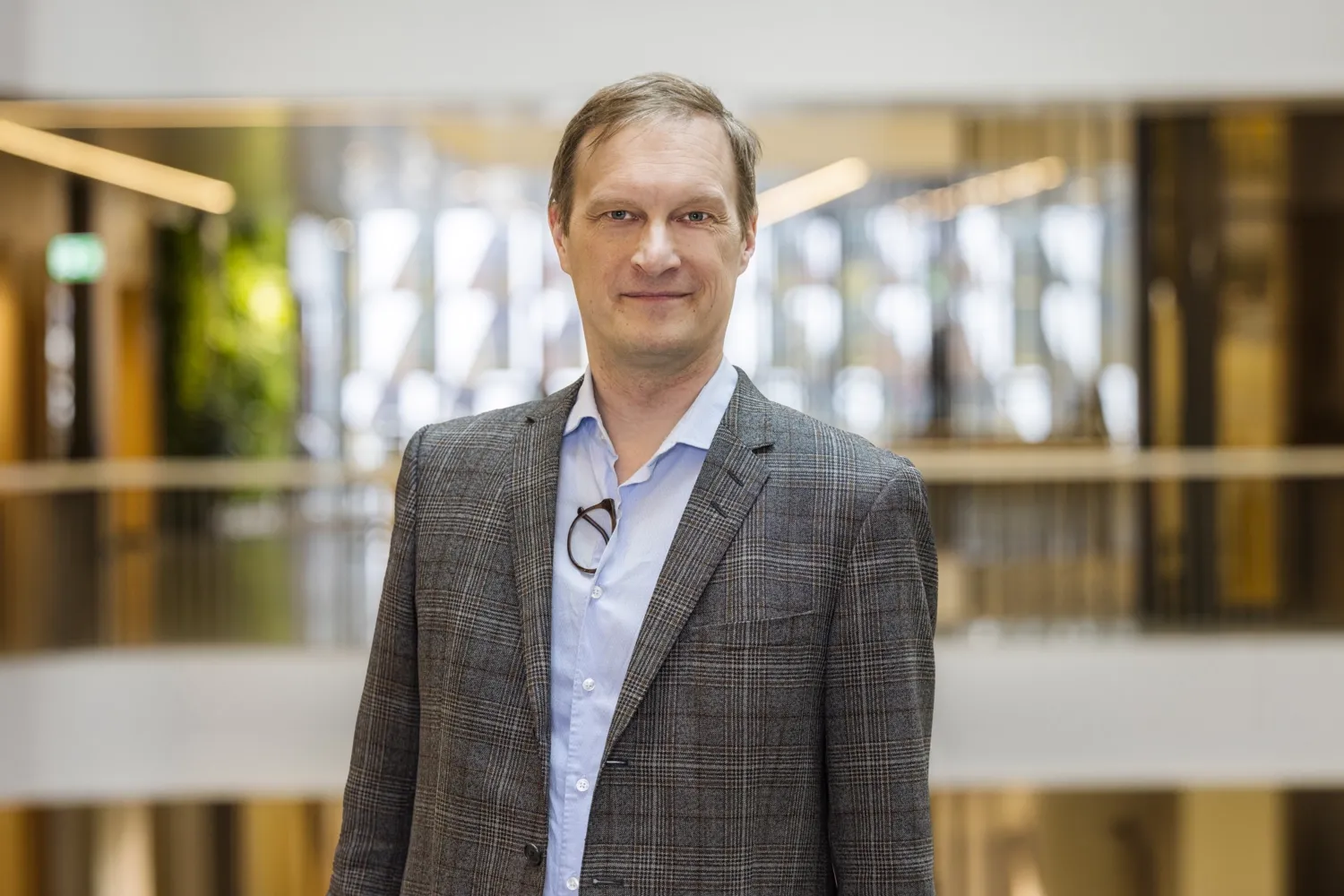New organisation for research infrastructure decided

KI is strengthening the conditions for groundbreaking research and innovation by gathering and developing the research infrastructure in "Research Infrastructure KI" (RIKI). The aim is to create even better support for researchers, facilitate collaboration and ensure that KI meets future demands for development, security and competence.
The President has decided to establish Research Infrastructure KI (RIKI) as of 1 January 2026. The organisation will be built up gradually until the summer of 2027 as a way of meeting the university's growing need for coordinated, quality-assured and secure research infrastructure.
What is research infrastructure?
KI's research infrastructure consists of the resources, facilities, technical platforms and service functions needed to conduct advanced research. Within KI, research infrastructure is often available in the form of core facilities such as databases, biobanks, laboratories and instruments.

"We want to make things easier for researchers while strengthening collaboration and skills development within KI. With RIKI, we are taking an important step towards a more coordinated and quality-assured research infrastructure, which strengthens KI's position as a leading medical university," says President Annika Östman Wernerson.
Why KI is gathering research infrastructure
Several factors have led to the decision to form RIKI. A cohesive organisation for KI's research infrastructure was one of the tasks within KI's priority focus areas and is in line with developments in several other medical faculties. KI's internal audit has also recommended that KI more clearly describe and quality assure its research infrastructure.
"KI's research infrastructure has grown organically and is now complex and difficult to understand. By pooling resources and expertise in RIKI, we will be better equipped to improve quality, develop working methods and use our resources more efficiently with long-term sustainability," says Karin Dahlman Wright, who has led the work within KI's focus areas.

How RIKI strengthens researchers, employees, and research infrastructure
"RIKI is intended to create new opportunities for researchers at KI by facilitating access to advanced methods and technologies, including through the Emerging Technologies (EmTech) function. In addition, RIKI aims to create clearer career paths for employees within the research infrastructures and involve them in further development", says Sten Linnarsson, Dean of KI Campus Solna.
Organisational change without physical relocation
The organisational change has no financial savings targets and is not expected to cause any disruption for researchers using the current research infrastructure. No physical relocation of existing operations is planned; instead, the research infrastructure will continue to be closely linked to ongoing research. Employment for managers and employees within existing operations will only change organisationally.
Gradual implementation until 2027
To ensure a smooth and inclusive transition to the new organisation, implementation will take place in several stages, with both employees and operations involved on an ongoing basis. Initially, the work will focus on the following steps:
- An implementation group will be appointed with representation from the operations concerned
- Dialogue with relevant operations and employees
- Risk and impact assessment
- Revision of the President's decision-making and delegation procedures
- Recruitment of an infrastructure director
Integration begins on 1 January 2026:
Comparative Medicine, KI Biobank and radiation bunkers at Campus Solna are brought together within RIKI. Infrastructure Director and advisory group are appointed. RIKI's operational support and IT structure are developed in collaboration with Professional Services.
Preliminary expansion to begin after summer 2026:
Additional core facilities and freezing facilities will be integrated into RIKI following dialogue with the departments concerned. Expansion of management, advisory and support functions within RIKI.
Preliminary completion in mid-2027:
Expansion of RIKI, including management, advisory and support functions, is expected to be completed in mid-2027.
Want to know more?
The page Establishment of RIKI 2026-2027 is continuously updated with more information, timelines, contact details, and questions and answers.
